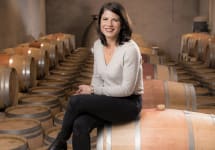Chateau Meyney 2016
-
James
Suckling - Decanter
-
Wine
Spectator



Product Details
Your Rating
Somm Note
Winemaker Notes
Château Meyney’s vineyard is planted of 65% Cabernet Sauvignon, 25% Merlot and 10% Petit Verdot, on a perfectly-drained gravel soil that provides ideal conditions for grapes ripening. This unusually high share of Petit Verdot explains a particular trait of the wines, which regularly show notes of leather and musk after a period of time. The wine is full-bodied, well-rounded and structured. After ageing, the wine displays the remarkable charm of the best Saint-Estèphe: complexity, balance and harmony.
Professional Ratings
-
James Suckling
Wild nose. Impressive, deep hue and a wealth of fresh, violet-like aromas, as well as cassis, graphite and dark cherries. The palate has a very sleek, fine, powerful core of tannins that bring a lot of depth and deliver rich dark-fruit flavor. A classic Meyney. Best since 1961!
-
Decanter
Rich and full, this is very St-Estèphe: round through the mid-palate, with an amazingly tasty balance of richness and freshness leading to salinity and minerality on the finish. It will need another five to eight years before being ready to drink, but it has to be one of the value picks of the vintage.
-
Wine Spectator
Solidly built, with a dark and juicy core of currant, plum and blackberry reduction flavors, inlaid with charcoal and smoldering tobacco notes. Offers a pleasant loamy tug through the finish. Gutsy wine. The better of two bottles tasted. Best from 2022 through 2032.
Other Vintages
2022-
James
Suckling -
Robert
Parker - Decanter
-
Wine
Enthusiast - Vinous
-
James
Suckling - Decanter
-
Wine
Enthusiast -
Jeb
Dunnuck -
James
Suckling - Decanter
-
Wine
Spectator -
Robert
Parker
-
Wine
Enthusiast - Vinous
-
Wine
Spectator - Decanter
-
James
Suckling -
Jeb
Dunnuck -
Robert
Parker
-
James
Suckling - Decanter
-
Robert
Parker
-
Jeb
Dunnuck -
James
Suckling -
Robert
Parker -
Wine
Spectator
-
Wine
Enthusiast -
Wilfred
Wong -
James
Suckling
-
James
Suckling -
Wine
Spectator -
Robert
Parker
-
Wine
Enthusiast -
Robert
Parker -
Jeb
Dunnuck
-
James
Suckling -
Wine
Spectator -
Robert
Parker
-
Wine
Spectator -
James
Suckling -
Robert
Parker
-
Wine
Spectator
-
Wine
Spectator
-
Wine
Spectator
-
Wine
Spectator
-
Robert
Parker
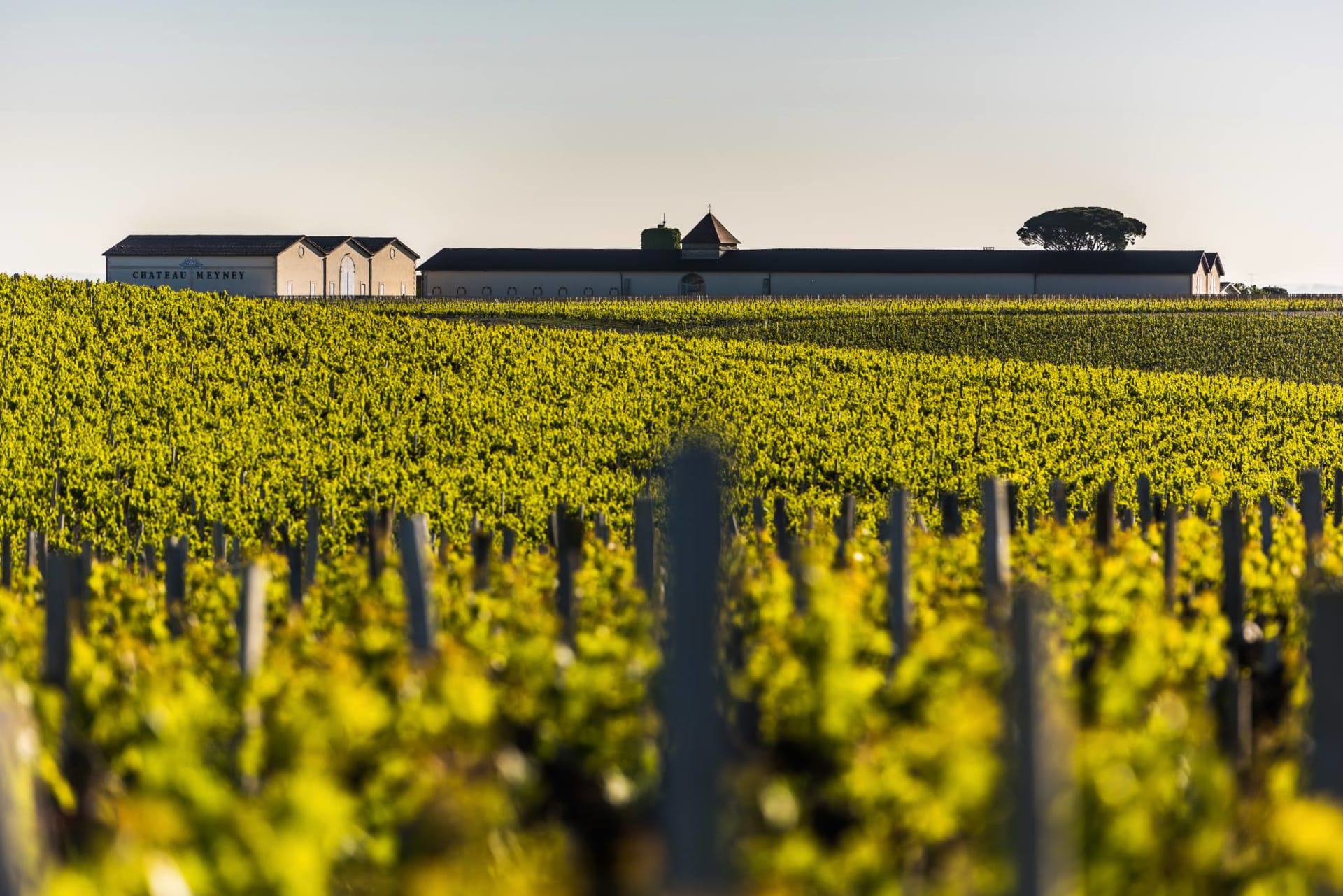
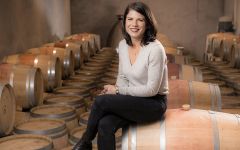
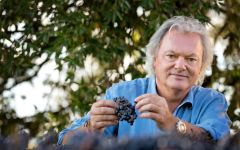
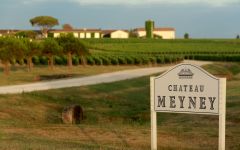
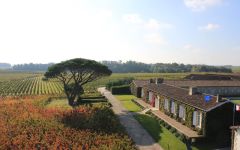
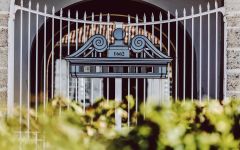
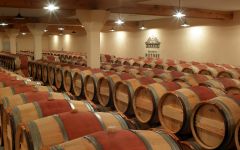
Château Meyney is located in the famous Saint-Estèphe appellation in the northern part of Bordeaux. Ideally flanked by Château Montrose (2ème Grand Cru Classé) and Calon-Ségur (3ème Grand Cru Classé), it lies at the center of a single block of vineyards of 60 hectares (126 acres) overviewing the Gironde estuary.
Meyney was founded by Cistercian monks in 1662. The property was confiscated during the French Revolution, and subsequently resold into private hands. It was owned for several generations by the Luetkins family, royalists, who also owned Château La Tour Carnet (4th growth). During the 1855 classification, the Luetkins family had the right to present one estate for classification. Torn between Meyney (which had a superior terroir) and La Tour Carnet (which had a more majestic chateau), The Leutkins submitted La Tour Carnet...which was classified as a 4th growth. As a result, Meyney was not classified. However, given its prime location and extraordinary terroir, it is considered as many as a 2ème or 3ème Grand Cru Classé, but at a much more affordable price.
The property is owned by the CA Grands Crus since 2004 and is led by Anne Le Naour’s team. With major investments done in the vineyard and the cellar, Meyney is now producing world class wines today. Today, half of the vineyard goes through organic practices.
La Chapelle de Meyney is the second wine of Meyney. These are younger vines of 15-20 years that will one day make it into the Grand Vin. The wine is aged for 12 months in 35% new French oak.
Estate grown and bottled. Sustainable and organic practices. 4,000 cases produced annually.

One of the world’s most classic and popular styles of red wine, Bordeaux-inspired blends have spread from their homeland in France to nearly every corner of the New World. Typically based on either Cabernet Sauvignon or Merlot and supported by Cabernet Franc, Malbec and Petit Verdot, the best of these are densely hued, fragrant, full of fruit and boast a structure that begs for cellar time. Somm Secret—Blends from Bordeaux are generally earthier compared to those from the New World, which tend to be fruit-dominant.

Deeply colored, concentrated, and distinctive, St. Estephe is the go-to for great, age-worthy and reliable Bordeaux reds. Separated from Pauillac merely by a stream, St. Estephe is the farthest northwest of the highest classed villages of the Haut Medoc and is therefore subject to the most intense maritime influence of the Atlantic.
St. Estephe soils are rich in gravel like all of the best sites of the Haut Medoc but here the formation of gravel over clay creates a cooler atmosphere for its vines compared to those in the villages farther downstream. This results in delayed ripening and wines with higher acidity compared to the other villages.
While they can seem a bit austere when young, St. Estephe reds prove to live very long in the cellar. Traitionally dominated by Cabernet Sauvignon, many producers now add a significant proportion of Merlot to the blend, which will soften any sharp edges of the more tannic, Cabernet.
The St. Estephe village contains two second growths, Chateau Montrose and Cos d’Estournel.
